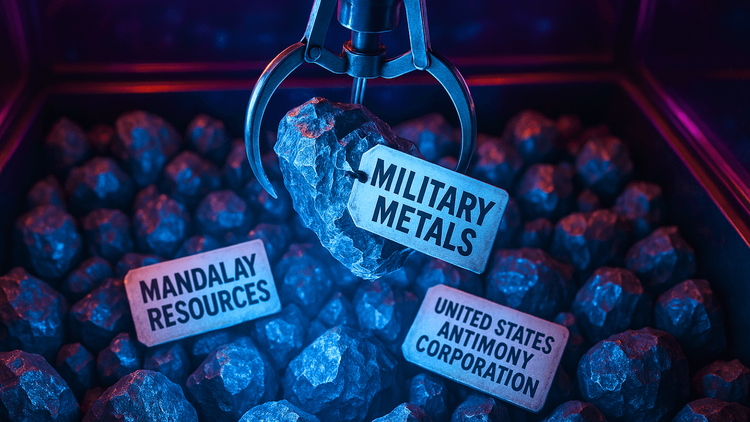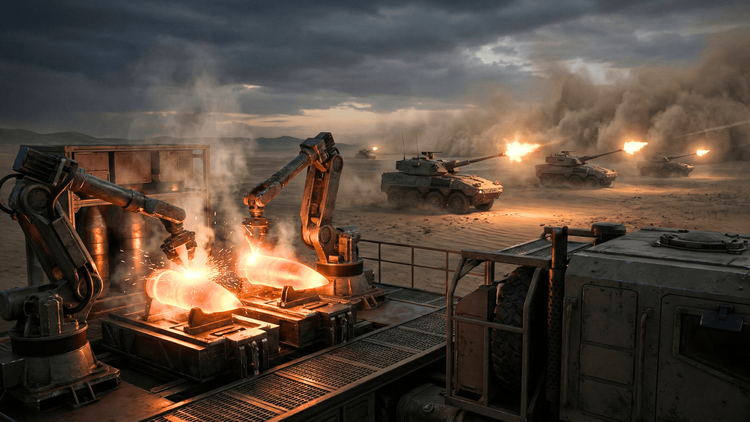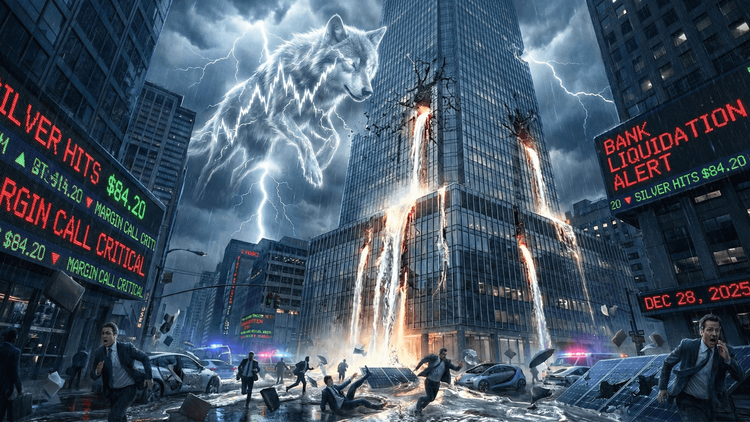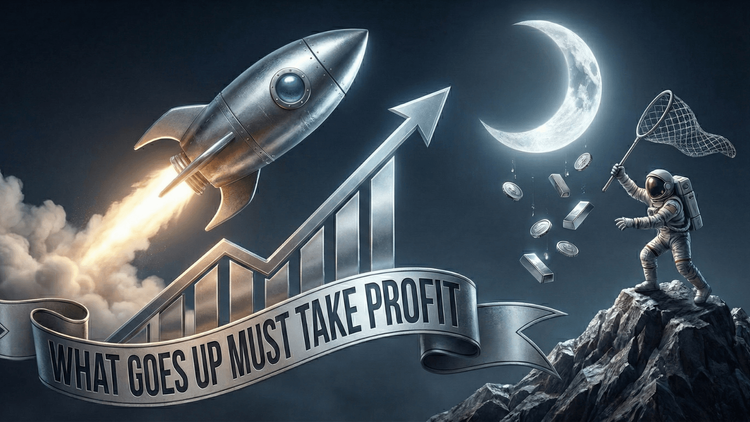Nuclear Security: US Plans to Boost Uranium Stockpile
America’s plan to expand its uranium reserve signals a decisive break from Russian fuel dependence and a renewed commitment to nuclear power.
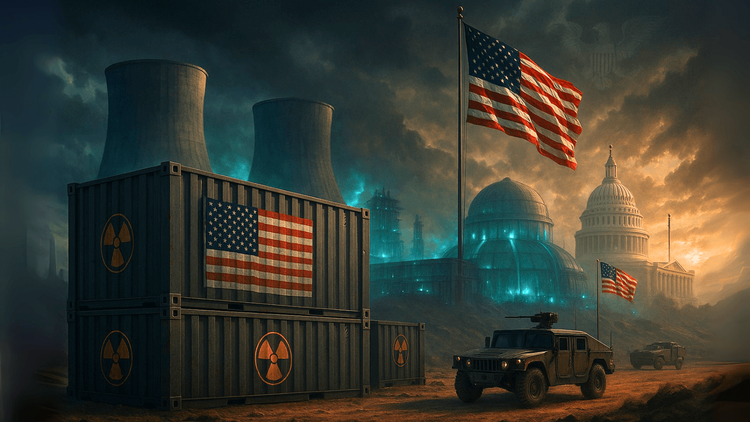
The United States is once again sharpening its focus on nuclear power, and at the heart of that push lies uranium. Energy Secretary Chris Wright made it clear in Vienna during the International Atomic Energy Agency’s annual conference that Washington wants to expand its strategic uranium reserve. His comments signal not only a new phase in America’s energy security ambitions but also a direct challenge to Russian dominance in nuclear fuel supply chains.
Russia currently provides about a quarter of the enriched uranium used by America’s 94 nuclear reactors. Those reactors are responsible for roughly 20 percent of the nation’s electricity. The risk is obvious: turning away from Moscow too quickly could threaten the stability of the grid, knocking out nearly 5 percent of U.S. power generation in the absence of fresh supply or additional reserves. Wright acknowledged that the U.S. is not yet in a position to cut the cord entirely but emphasized that the goal is to get there, and soon.
The idea of a uranium reserve is not new. In 2020, the Trump administration first floated the plan, asking Congress for $150 million to purchase uranium directly from U.S. producers. Lawmakers ultimately provided only half that amount, but the foundation was set. The Biden administration later carried the idea forward, awarding contracts in 2022 to Energy Fuels Inc. and Uranium Energy Corp. for hundreds of thousands of pounds of uranium.
Even so, America’s uranium stockpiles remain modest. U.S. utilities hold on average just 14 months of fuel, a sharp contrast to Europe’s two-and-a-half years and China’s vast twelve-year cushion. In a world where energy is increasingly seen as leverage, those numbers are sobering.
The pivot is not optional. In 2024, legislation signed by President Biden mandated that U.S. utilities move away from Russian uranium by 2028. Moscow fired back by restricting enriched uranium exports, adding urgency to Washington’s efforts. For Wright, the path forward is clear: more domestic production, more enrichment capacity, and more private-sector involvement.
At present, the U.S. has only two commercial enrichment facilities. The largest, in New Mexico, is operated by Urenco, a European consortium. The second, run by Centrus Energy Corp. in Ohio, has just begun producing higher-enriched uranium suitable for advanced reactors. Both sites matter, but they are far from enough to fuel the future Wright envisions.
Nuclear fuel production has historically been the domain of state-backed giants, given the dual-use nature of enrichment technology. Yet Wright insists the U.S. must break that mold. He points to ventures like Peter Thiel’s General Matter Corp., a startup aiming to enrich uranium with private capital and Silicon Valley’s spirit of speed and innovation. If successful, these companies could inject efficiency and momentum into a sector long bogged down by bureaucracy.
The White House has also set its sights on advanced nuclear technology. An executive order issued earlier this year aims to accelerate deployment of next-generation reactors, with testing expected to begin as early as 2026. Small modular reactors and advanced designs demand higher enrichment levels, creating even greater pressure on the uranium supply chain. Wright made it clear that as these reactors come online, the buffer of uranium reserves will need to expand accordingly.
The stakes could hardly be higher. With global demand for electricity soaring thanks to electrification, artificial intelligence, and data centers, nuclear power is being recast as a cornerstone of energy stability. China’s deep reserves give it an undeniable strategic edge, while Europe’s stockpiles at least provide a cushion. The U.S., by comparison, is vulnerable. Boosting the uranium reserve is not just an energy policy, it is a matter of national security.
Conclusion
The U.S. is racing against the clock to free itself from dependence on Russian uranium while laying the groundwork for a nuclear-powered future. Building a strategic reserve, investing in enrichment, and welcoming private capital into the sector are no longer optional choices, they are survival strategies in a world where energy and power are increasingly inseparable. Chris Wright’s message in Vienna was unmistakable: America must secure its nuclear fuel supply, or risk losing its place at the forefront of global energy leadership.
